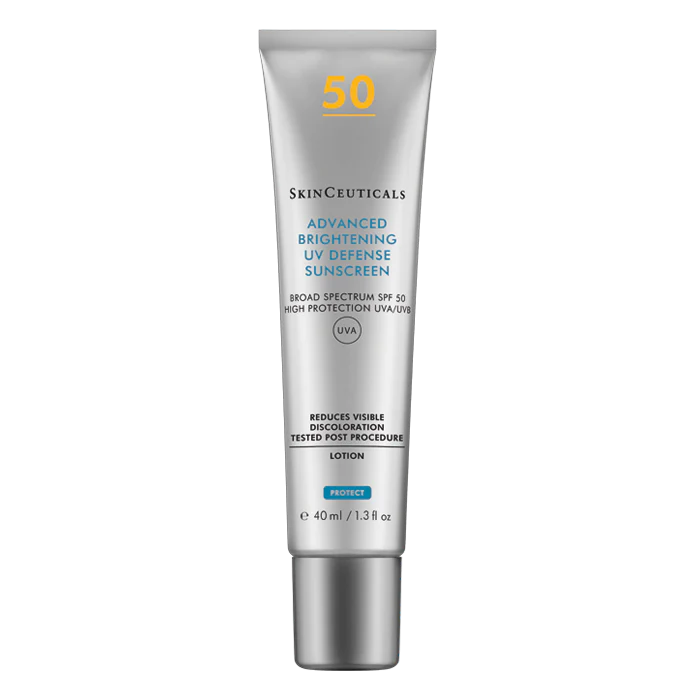
When it comes to UV rays, we know one thing for sure: They mean trouble for our skin and health. Premature signs of aging and skin cancer are two of the major side effects of sun damage. What you might not know, though, is the difference between the two main types of rays, UVA and UVB, and how they can each affect skin. Understanding this can help you better protect your skin.
The Basics of UV Rays
The sun makes contact with the earth using two different types of rays: ultraviolet A (UVA, or long wave) and ultraviolet B (UVB, or short wave), according to the Skin Cancer Foundation. Neither, of course, is visible to the naked eye, but they’ve both been proven to cause skin cancer, eye damage, a diminished immune system and premature ageing in the form of wrinkles, fine lines, and dark spots.
The Difference Between UVA and UVB Rays.
UVA rays account for 95% of the rays we are exposed to. They’re always present — even on cloudy days — and can penetrate through glass like windows. They reach deep into the skin, which can cause an immediate tanning effect (depending on your skin tone) and are responsible for causing signs of aging, such as wrinkles and loss of elasticity, to form. UVA rays can also contribute to the development of skin cancer.
Most UVB rays are filtered by the atmosphere, but they are a threat on sunny days and/or at higher altitudes. UVB rays cause surface-level damage, quickly burning and gradually tanning the skin, according to the World Health Organisation.
These rays play a bigger role in the development of melanoma or other forms of skin cancer.
What Are UVC Rays?
There’s a third type of radiation that’s stronger still: UVC rays. Luckily UVCs don’t typically penetrate the ozone layer to reach our skin.
How to Protect Against UVA and UVB Rays.
According to the Skin Cancer Foundation, our understanding of UVB and UVA rays is constantly evolving. This is why it’s important to stay vigilant by always wearing broad-spectrum sunscreen, which protects against both types of rays. Look for the phrase on the packaging of your sunscreen. If it doesn’t explicitly say “broad spectrum,” look elsewhere. One of our favourite broad-spectrum sunscreens for the body is from La Roche-Posay.
For the face we have three key offerings;
SkinCeuticals https://www.nualawoulfe.ie/collections/skinceuticals
Heliocare https://www.nualawoulfe.ie/collections/heliocare-spf
Dermaceutic https://www.nualawoulfe.ie/collections/dermaceutic-skincare




















































